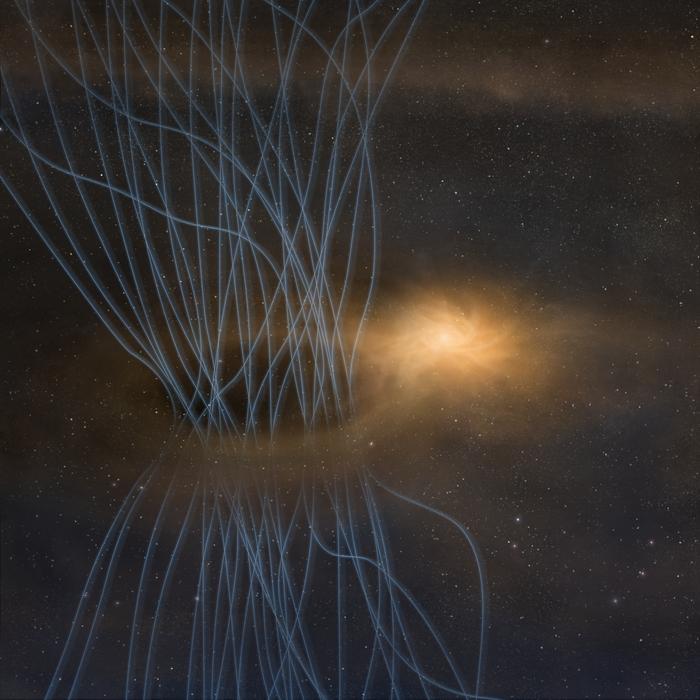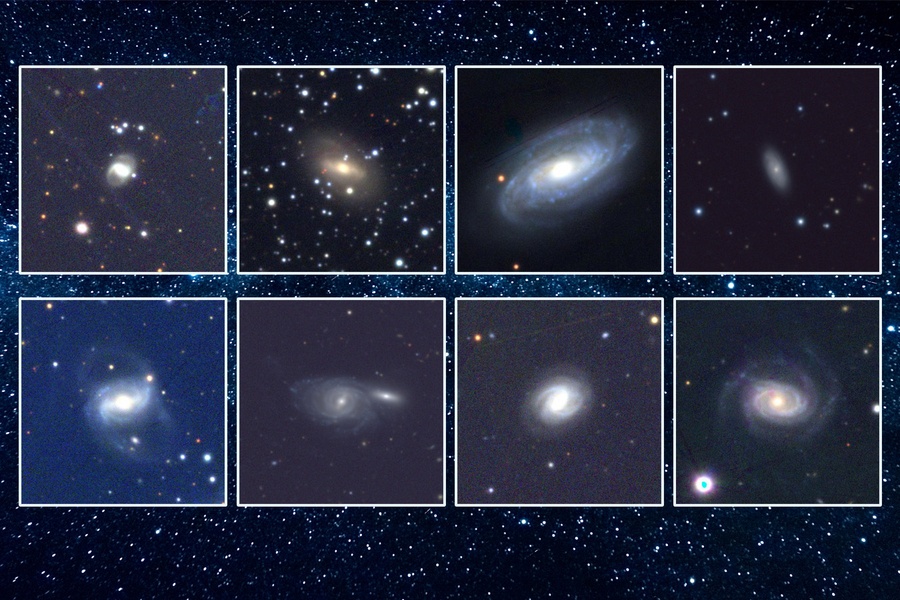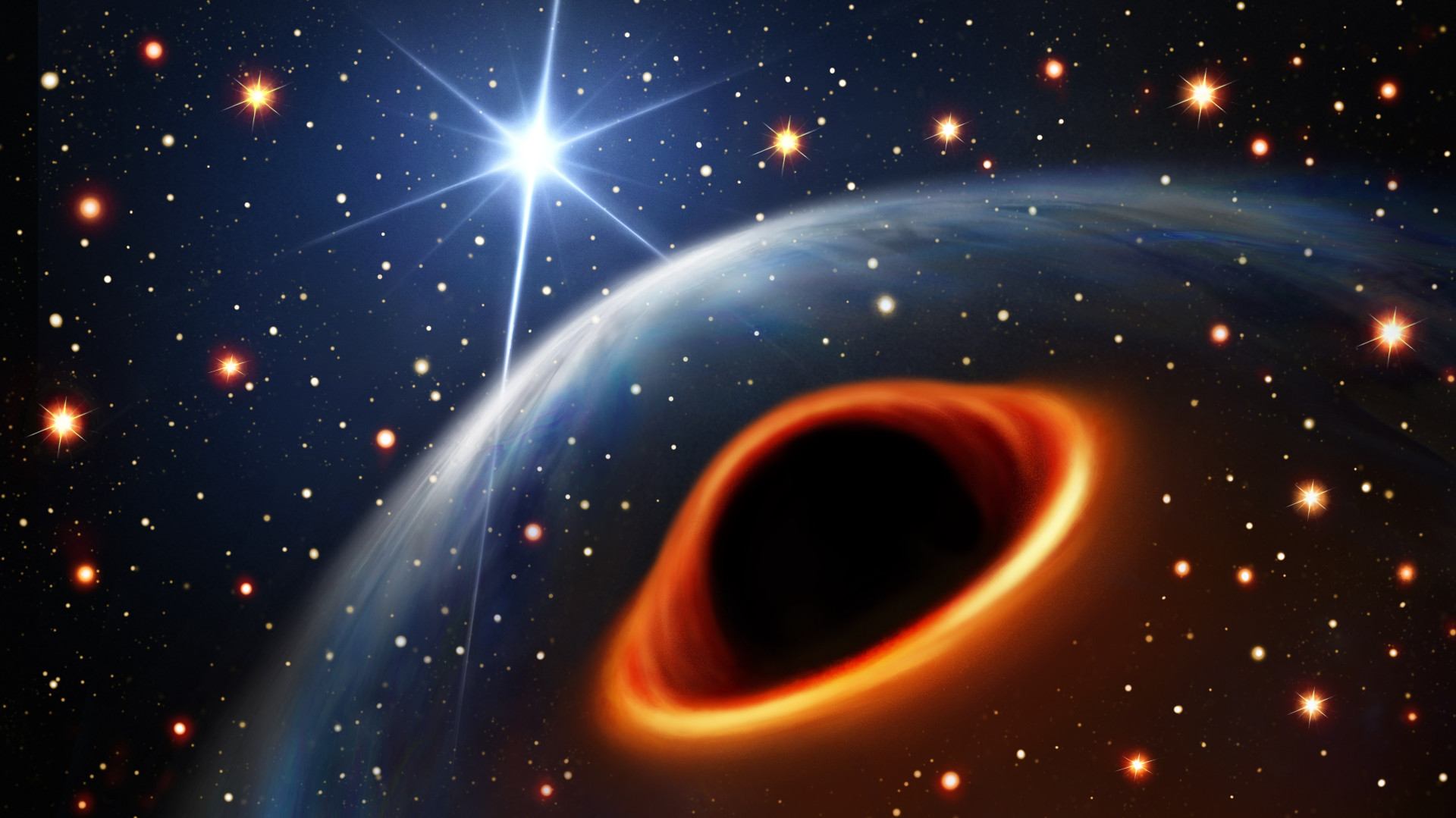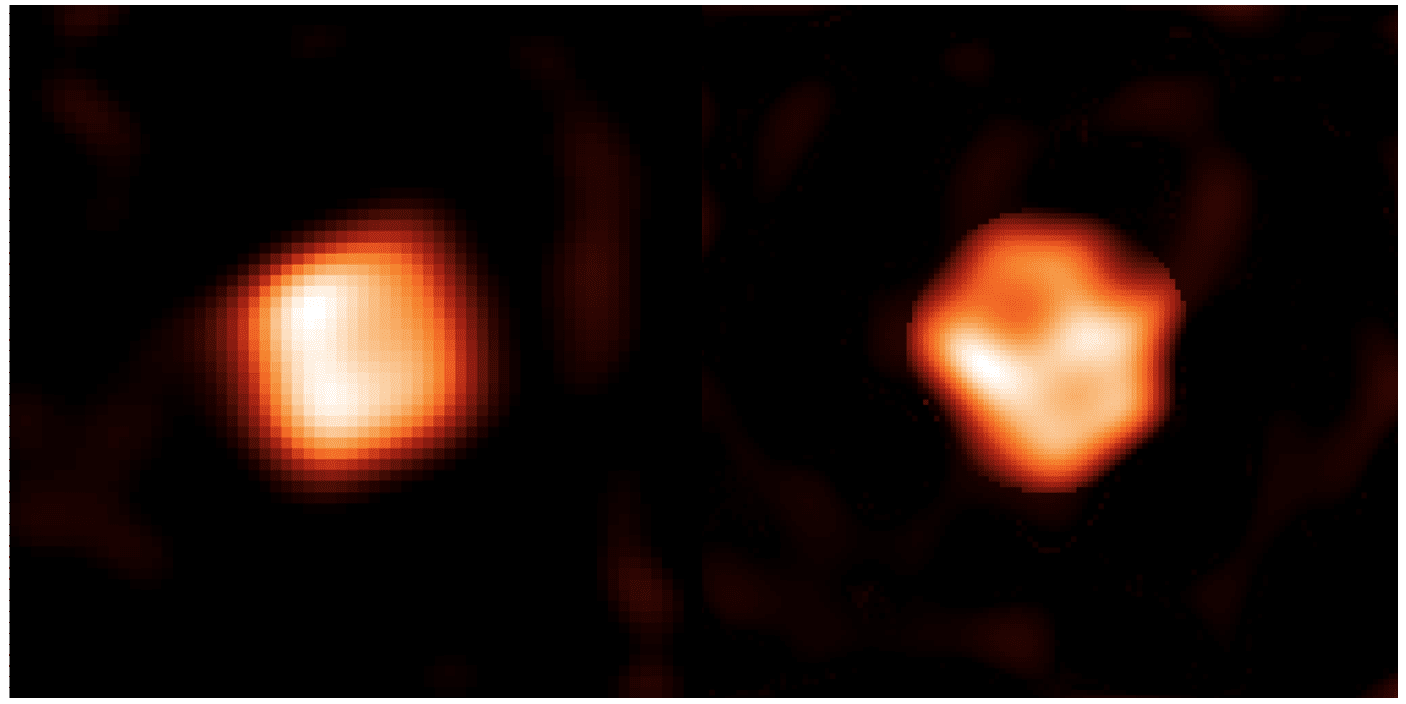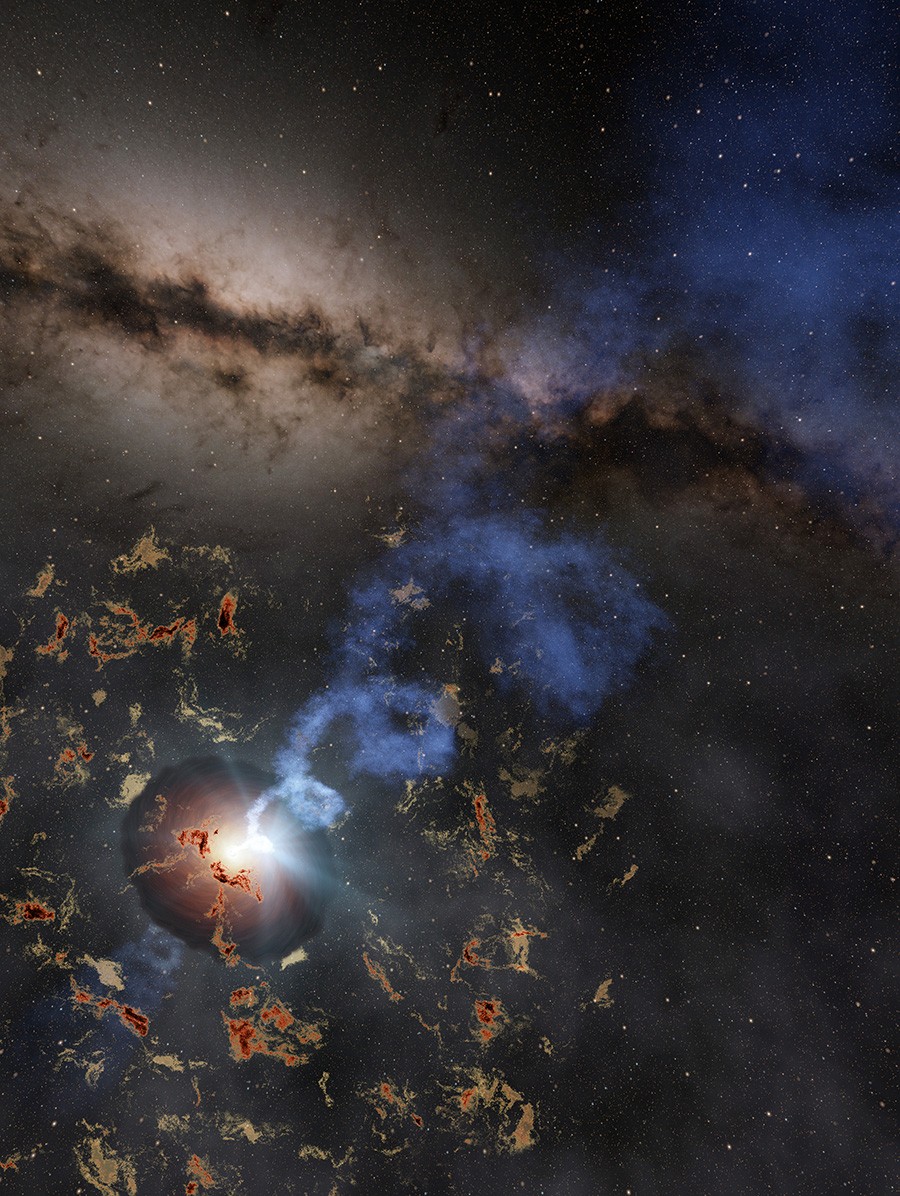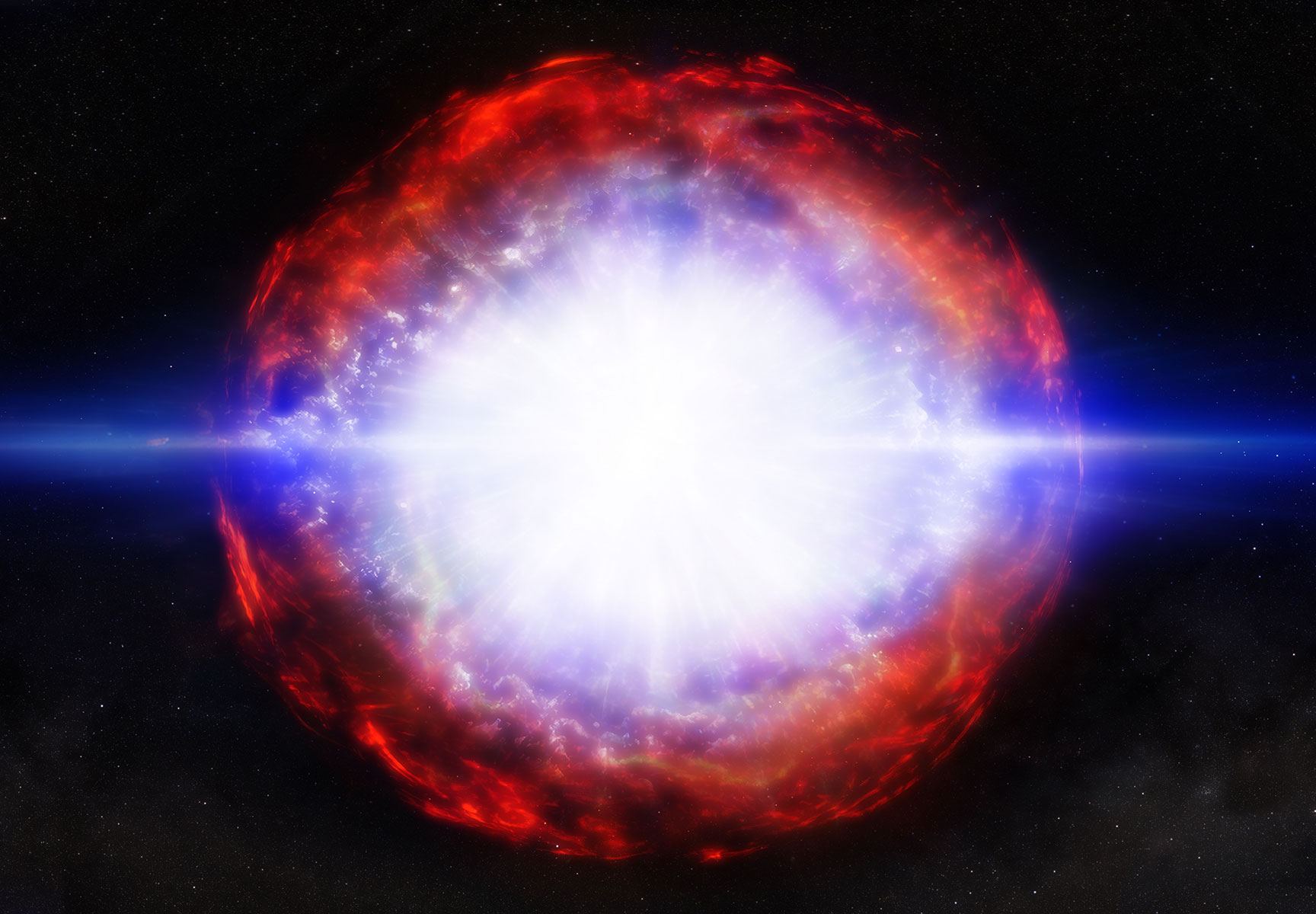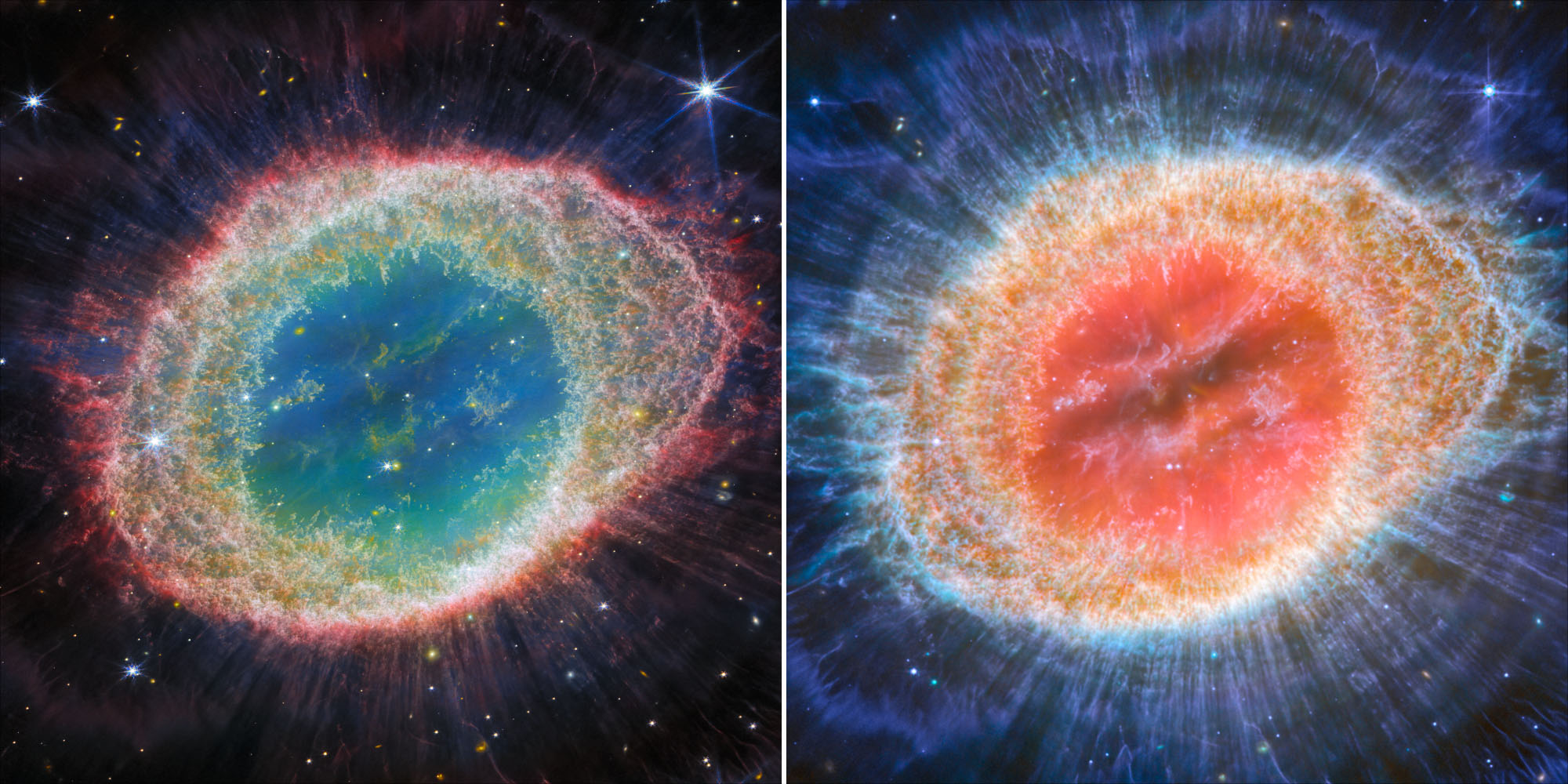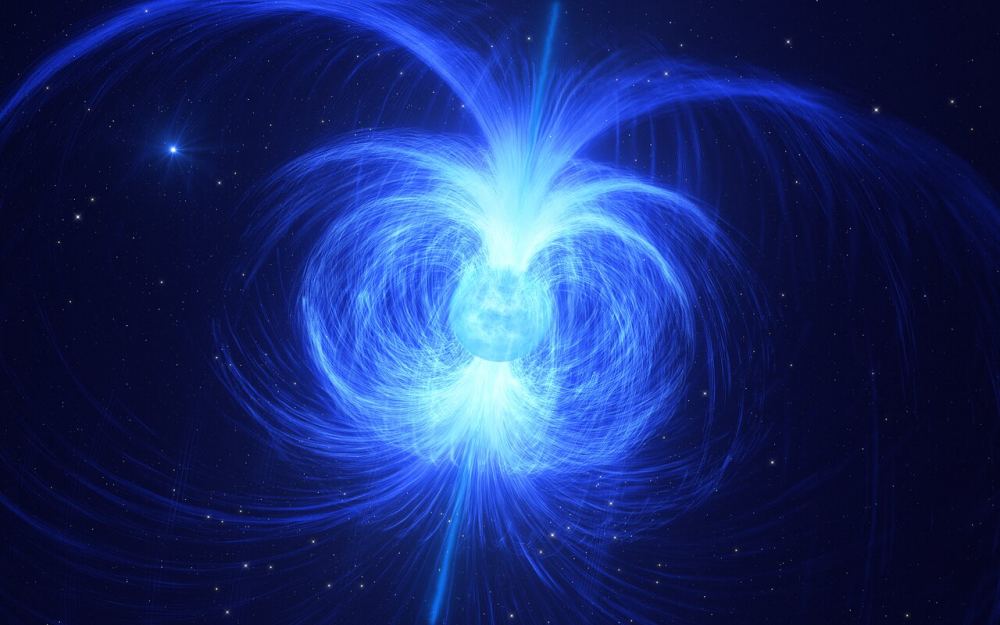I’m really not sure what to call it but a ‘dusty sneeze’ is probably as good as anything. We have known for some years that stars surround themselves with a disk of gas and dust known as the protostellar disk. The star interacts with it, occasionally discharging gas and dust regularly. Studying the magnetic fields revealed that they are weaker than expected. A new proposal suggests that the discharge mechanism ‘sneezes’ some of the magnetic flux out into space. Using ALMA, the team are hoping to understand the discharges and how they influence stellar formation.
Continue reading “Baby Stars Discharge “Sneezes” of Gas and Dust”Baby Stars Discharge “Sneezes” of Gas and Dust
